Toys and art have been constants in my life since pretty much day one, so toy photography was a natural place to land. But it wasn’t until I was well into my thirties that I found myself spending a significant amount of time carefully posing figures in front of a camera and not giving up, no matter how many times they fell like dominos and left me lying on the ground, punching the dirt and shouting at the sky.
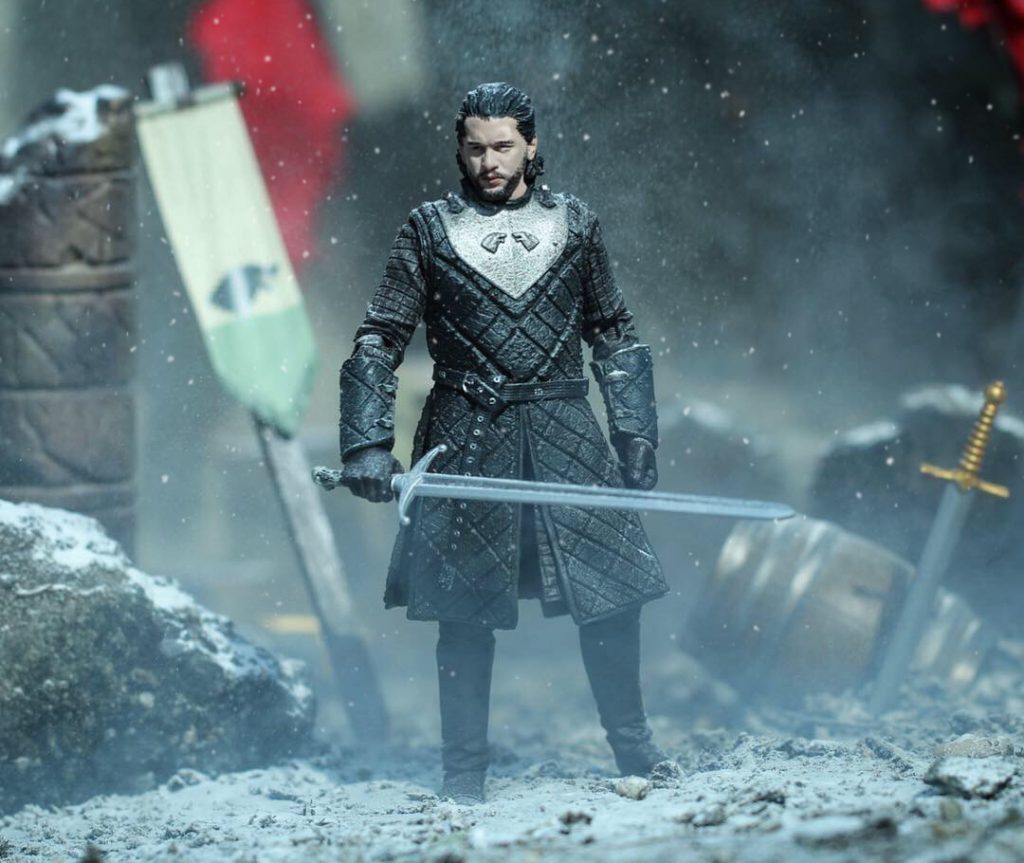
Collecting and photography meet
I have a vast toy collection spanning many decades and even more brands and characters—everything from 1:18 scale military figures and vehicles to Marvel Legends and Star Wars figures (both 3.75 and 6-inch lines), to all things NECA, to Mythic Legions, Mezco One:12 Collective, Vitruvian HACKS and McFarlane Toys, to 1/6 scale WWII figures, and even a Hot Toys Deadpool. And that’s just scratching the surface.
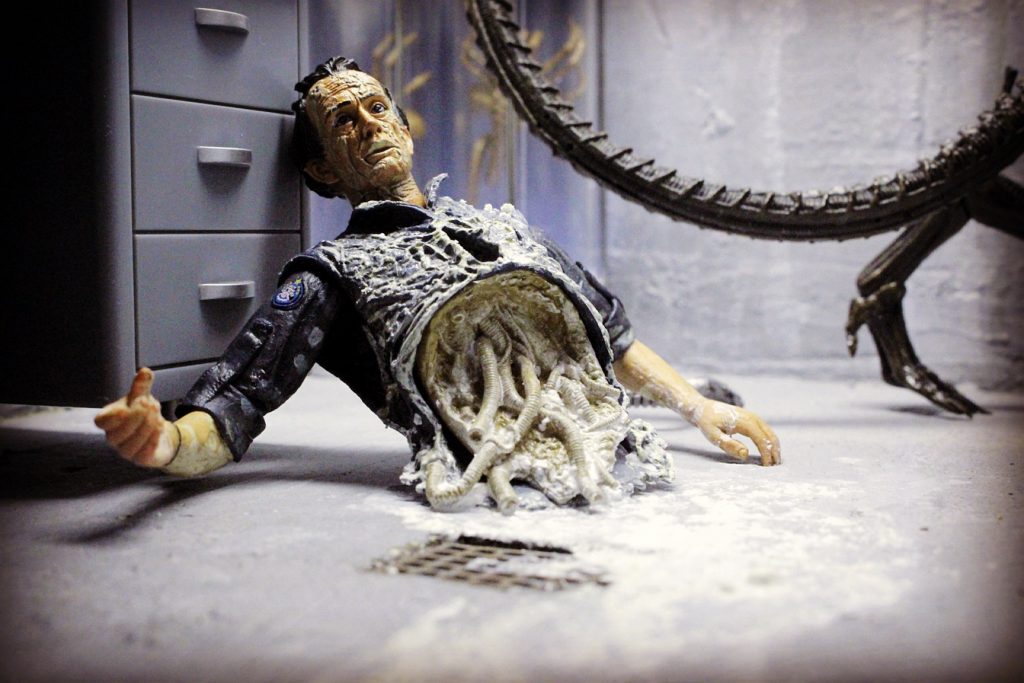
Seriously, my collection is pretty absurd. The problem was, I never really did much with my action figures. They’d go out on display for a while before eventually landing in one plastic bin or another and migrating to the basement, rarely to be seen again.
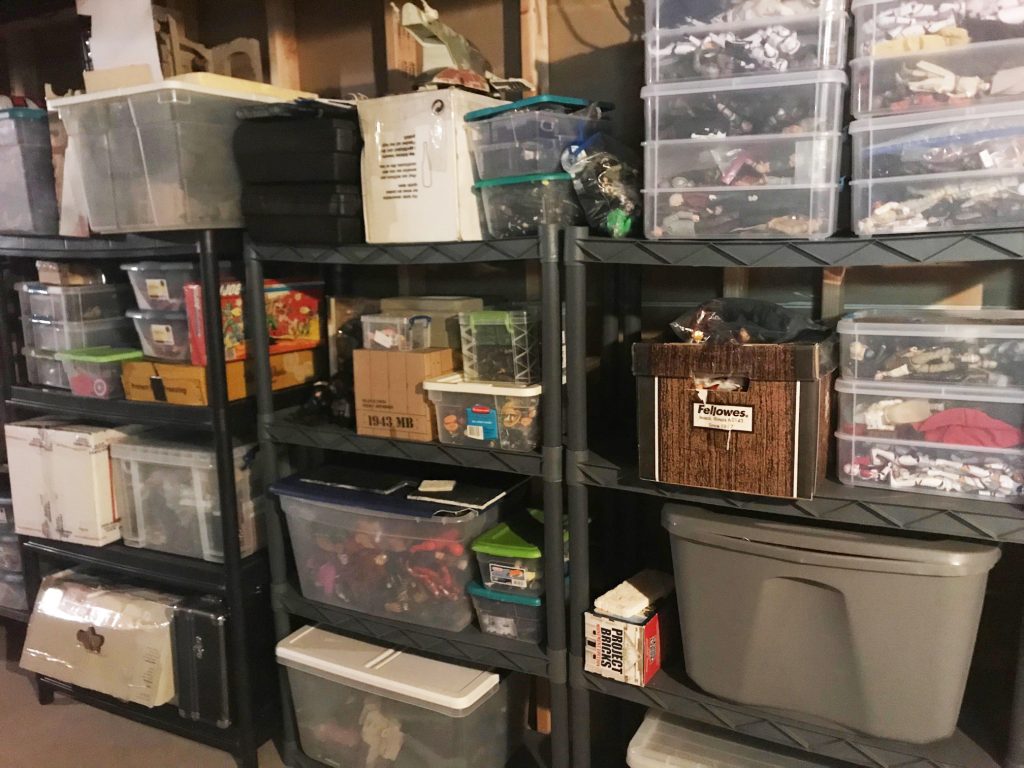
Meanwhile, I had built a budding side gig as an artist, actually getting some attention and selling my mixed media paintings both privately and in galleries around the Hamptons, where I live, and in New York City. It went really well for a while—not enough to make a living full time, but I was glad just to show and sell my stuff. After about a decade, however, I started to lose my love of painting and I ended up taking a two-year break. That’s when I began to hear toy photography beckon, and I answered the call.
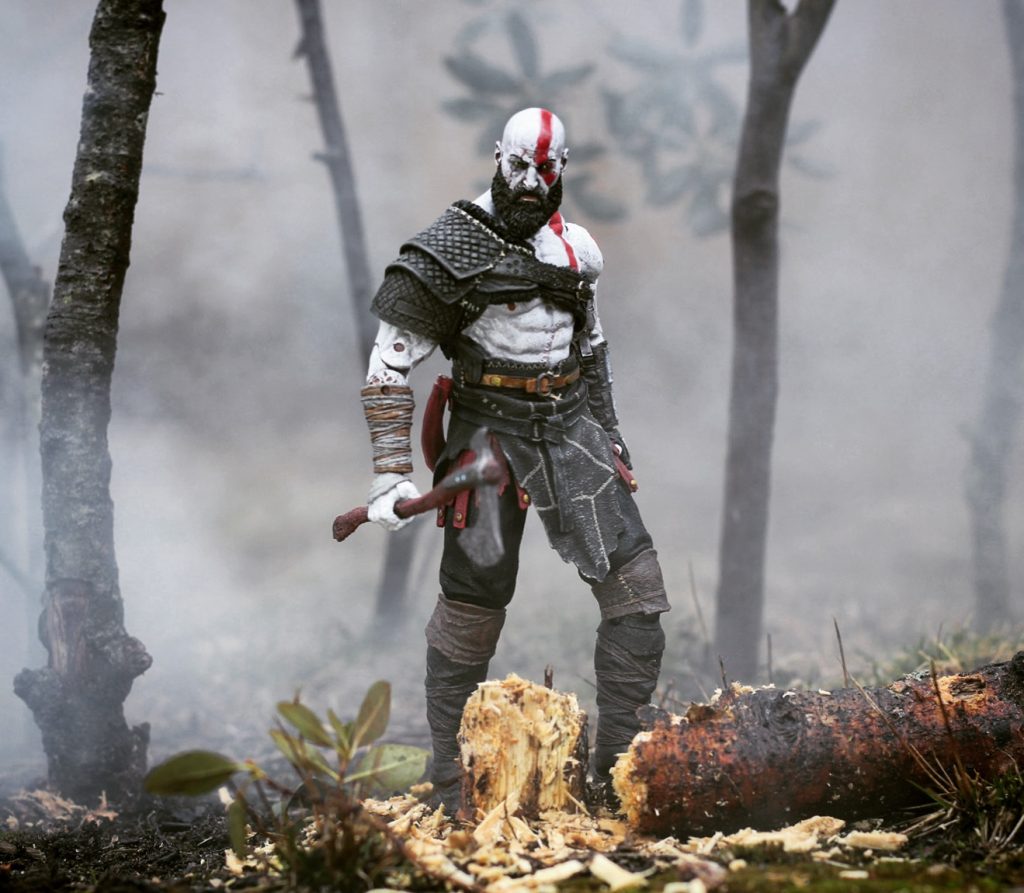
Before about 2014, my toy photography experience was limited to one roll of slide film from about 1987 featuring GI Joe’s Leatherneck and Outback posed together on a rock waterfall and stalking through the grass in my grandmother’s backyard, and two heavily Photoshopped images of some Marvel Legends (Galactus and Silver Surfer, and Daredevil and Bullseye, for those who care).
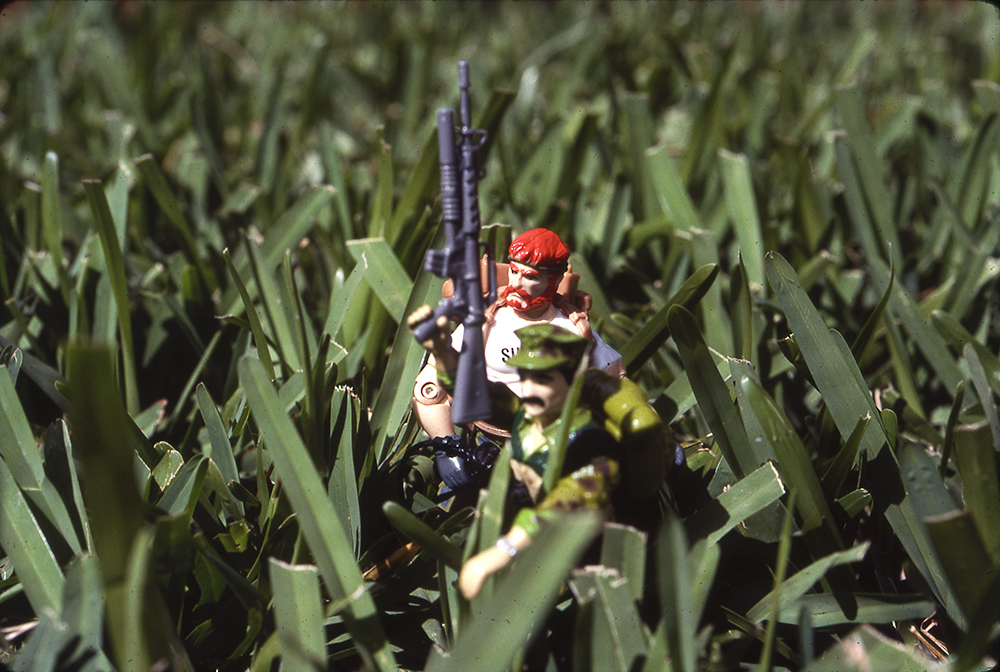
I had showed the Galactus pic to a guy who bought one of my paintings and he’d suggested I start working on these toy pictures. That stuck with me. A few years later, I attempted to shoot more toy photos using my cellphone and I posted them on Instagram. While many toy photographers were inspired to start after seeing all the incredible work on Instagram and other areas online, I actually found the community after I’d decided to attempt shooting my toys.
I thought my early photos were good. They absolutely were not.
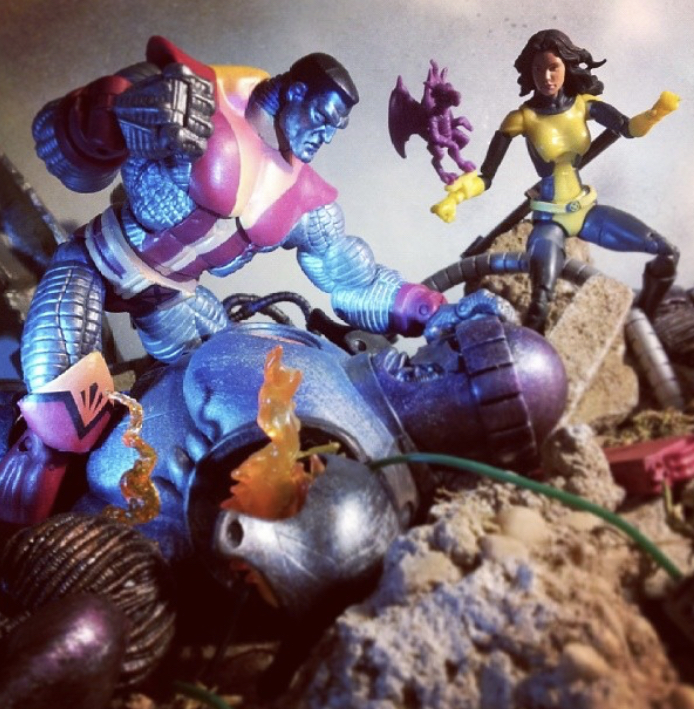
But I kept at it, and the photos got better. I made a vow to never shoot another toy photo with my phone, and they got better still. Over time, with help from some fellow toy photographers in the online community—including one of the best and purest in the game, Matt Rohde aka @x_captain_kaos_x, who lives near me, and who I met in-person when I wrote an article about his work—I reached a point where I felt pretty good about at least some of my shots.
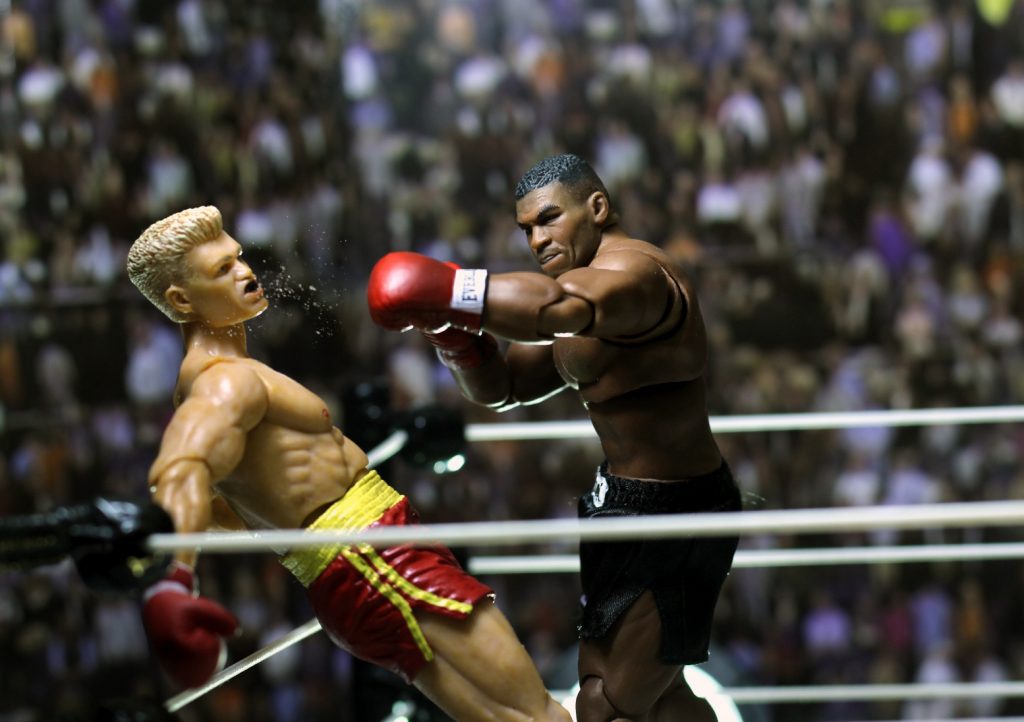
Finding my feet
My @oliversees Instagram account gained more and more followers, which gave me some validation—even if we’re not supposed to care about that. And in 2016, one of my #hasbrotoypic tagged photographs was chosen by Hasbro to be displayed along with a bunch of really amazing photographers’ work at that year’s San Diego Comic Con. What a dream come true!
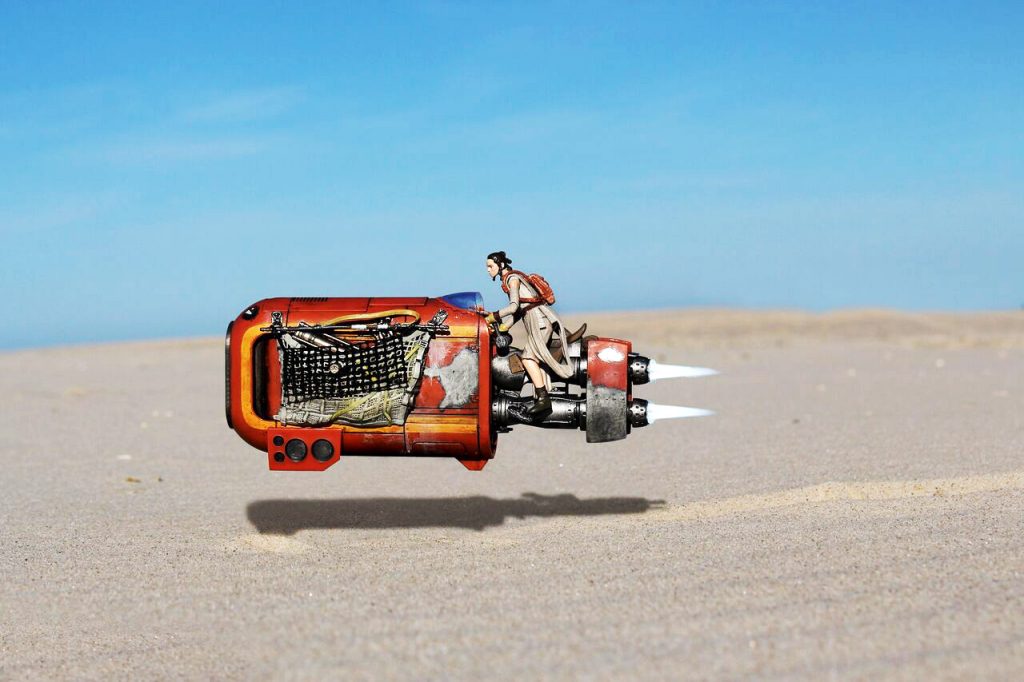
There have been some other wonderful moments since then, like nearly selling out at a local art show and getting some free toys and gear from companies, but the truly best moments come when I take a picture I’m really proud of, which is not as often as I’d like.
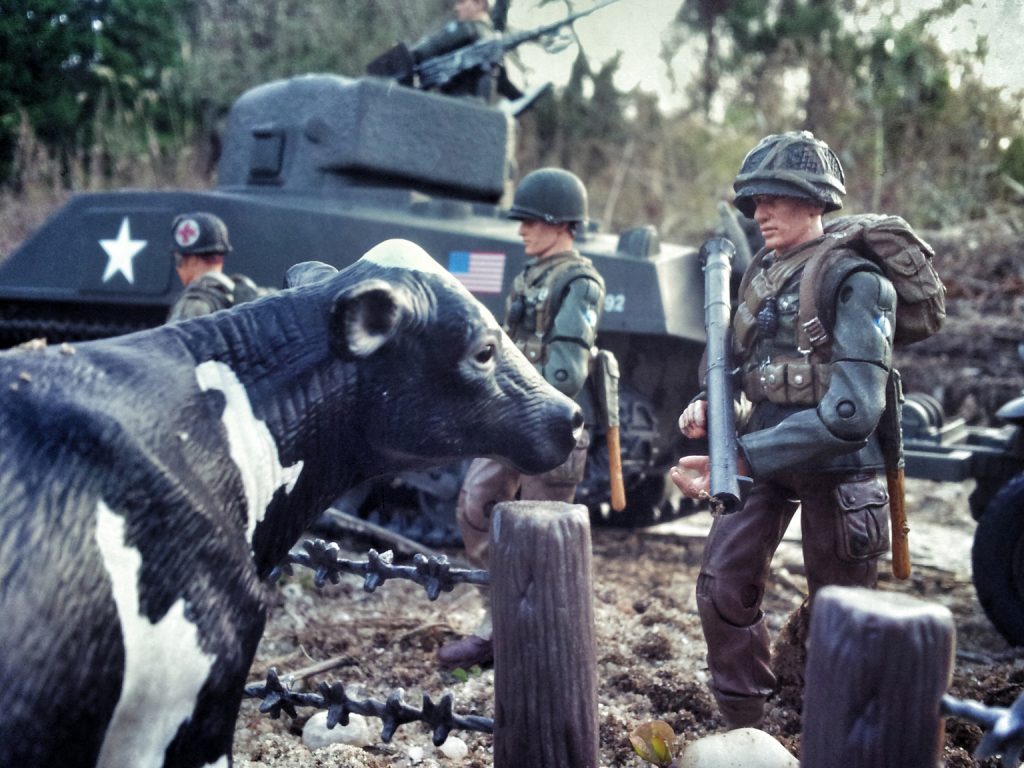
So, back to the question: Why toy photography? It’s all about experiencing the toys I’ve loved all my life in a new way, and making them come alive in a tangible representation of how I’ve always seen them and felt about them. When it all comes together properly, taking a good shot can be quite magical. I think about toy photography constantly, but I don’t always make the time to take pictures.
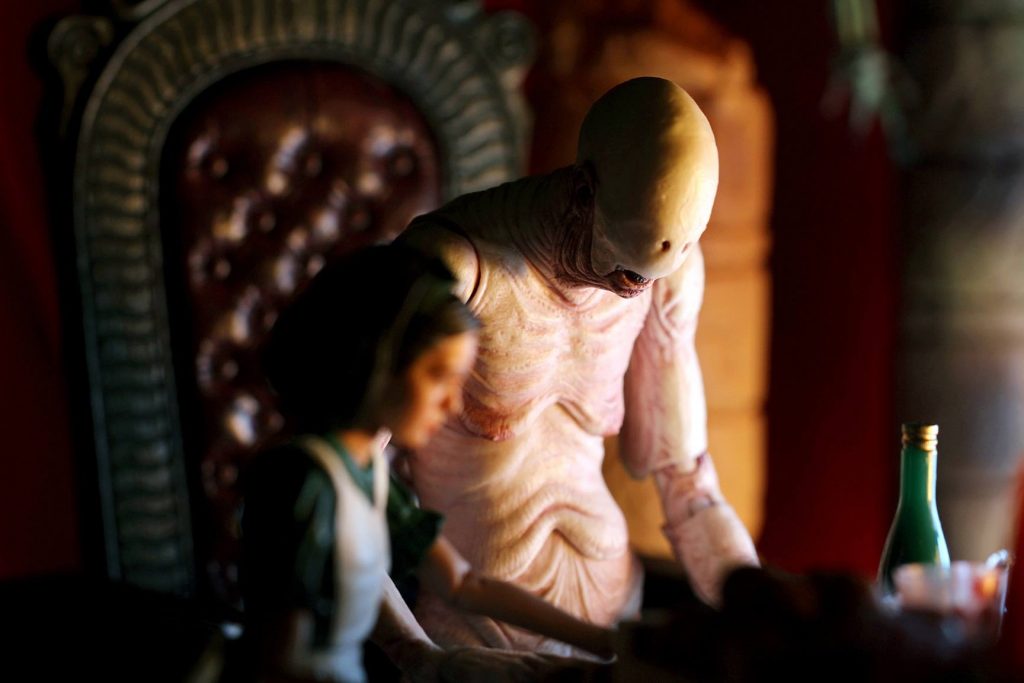
This, however, is an all-encompassing hobby for me. I, of course, spend too many hours and too much money shopping for and buying action figures, accessories and things I can use for my photography, but I also regularly customize figures, create dioramas and props, and plan shots. And I love poring over other people’s work, including some of my favorite photographers on Instagram: @chezpics66, @onesix_shooter, @billykessler, @capturedplastic, @thefalcon_c, @elliottdeeks1, @maddlionpresents42 and so many more (of the dozens of accounts I love, I tried to mention a few folks you may not be following yet).
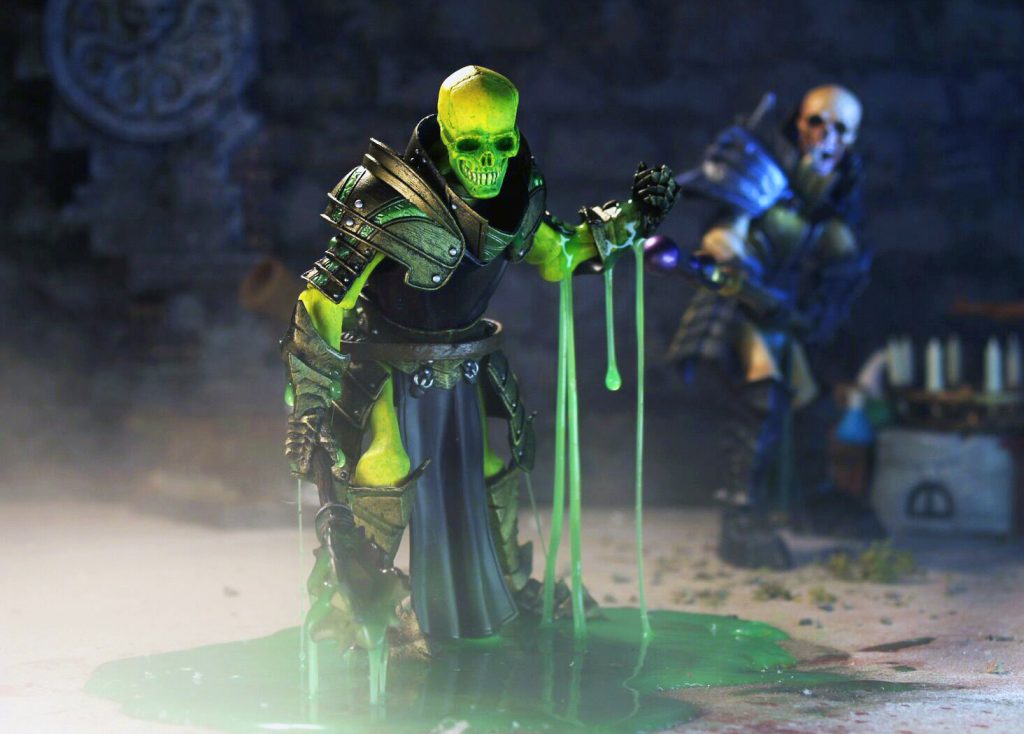
The toy photography community has been an incredible resource and place for support and encouragement—not to mention making new friends—and I’m thrilled to join the Toy Photographers blog and community for the same reasons.
Oliver @oliversees
Do you enjoy exploring the Toy Photographers’ creative world? Subscribe to our weekly email round up so you never miss a post. You can continue the conversation in our communities on MeWe and Flickr.


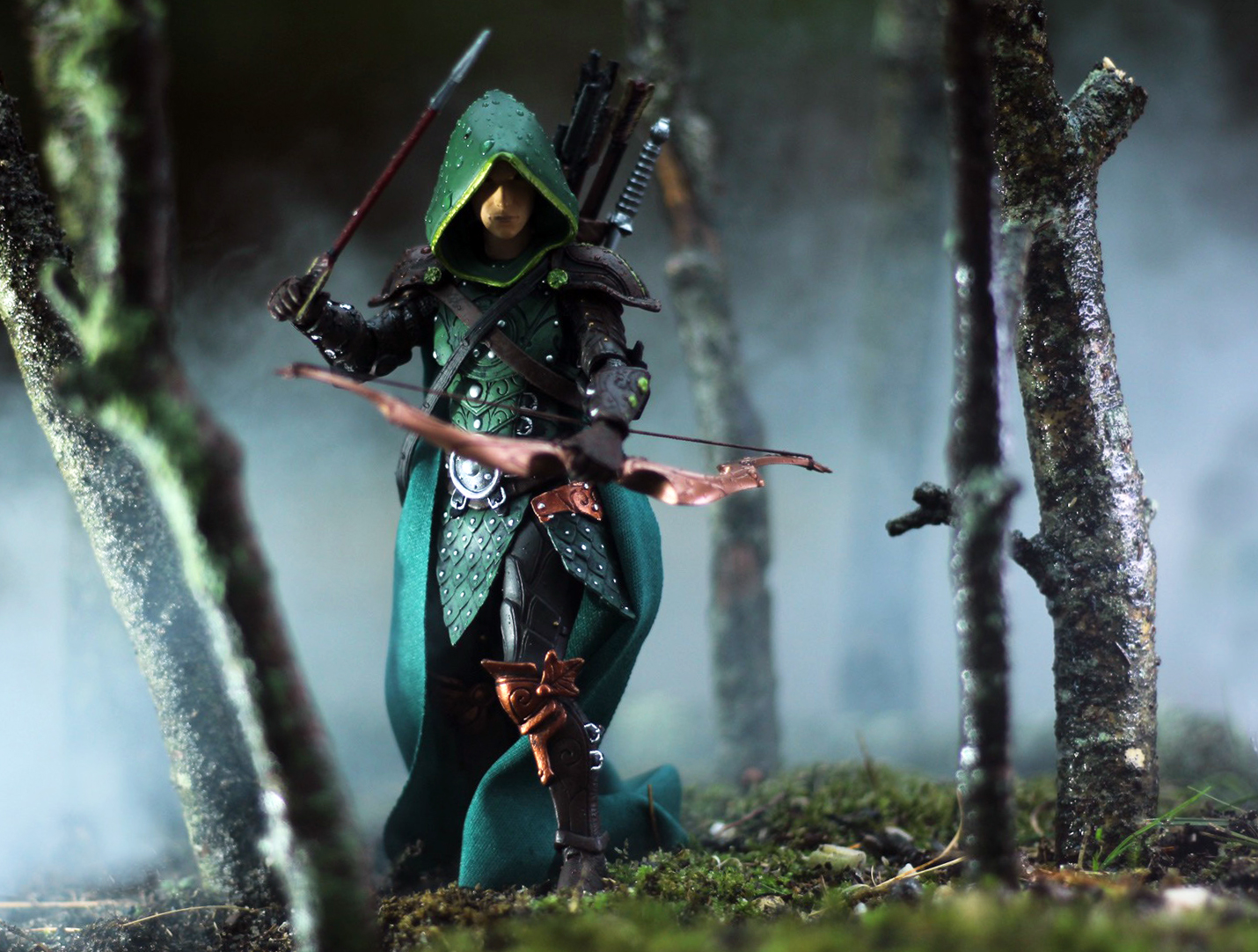
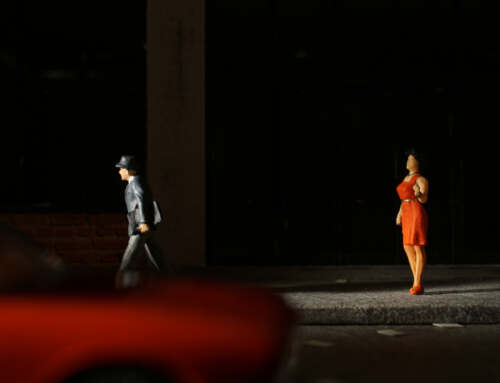
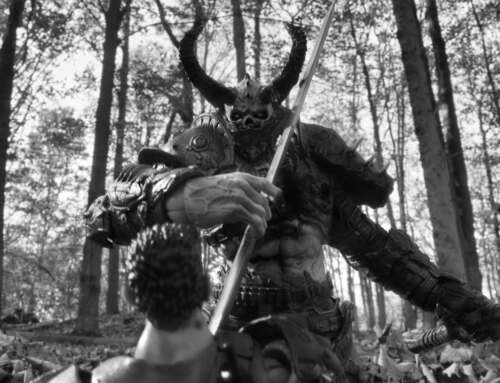
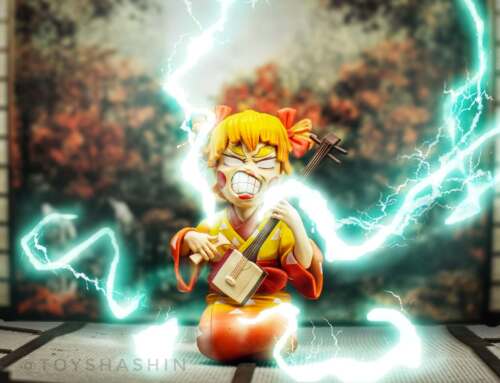
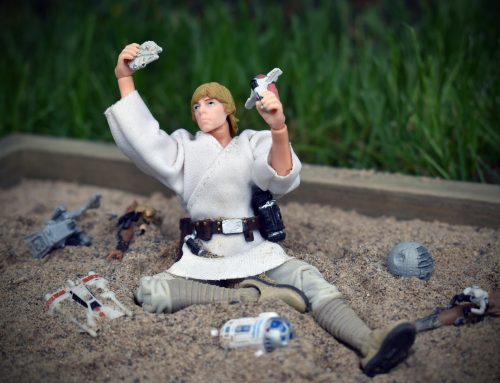
Oh wow… your photos are amazing! I love that one of Rey on her speeder!
Lynn
Thanks, Lynn! It means a lot that you’d take the time to comment. I really appreciate the kind words. Please follow me on Instagram if you’re not already: @oliversees
This is really amazing! Currently Im writing an essay(about toy photography of course) for my college class and this gave me a lot of great information for it. Wish me luck with this essay and my blossoming hobby of toy photography.
Brandon, that’s so great! I would absolutely love to read your essay when you’re done. I will send you an email so you have mine. Good luck with your endeavors in this wonderful art form. The Toy Photographers website has a ton of great info to help you along the way. And, of course, feel free to reach out if you have specific questions. The toy photography community here and on Instagram is an incredible, welcoming group that is all about positivity and helping others achieve our best.